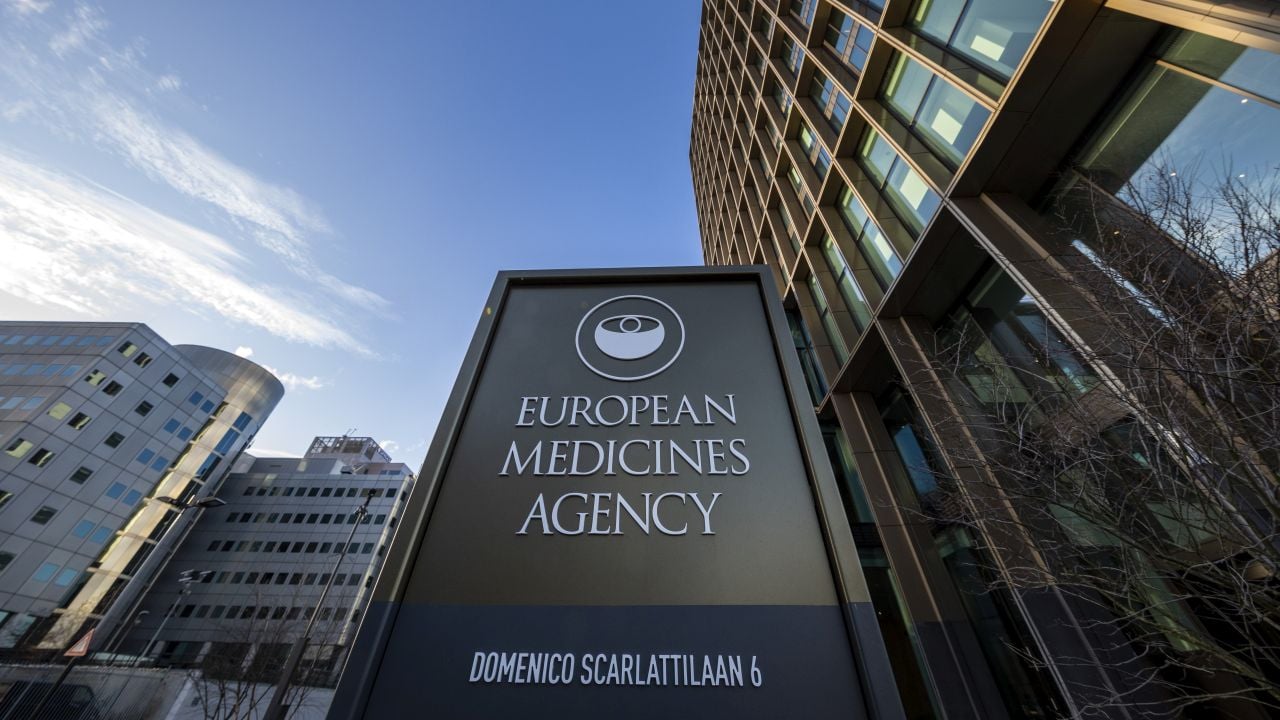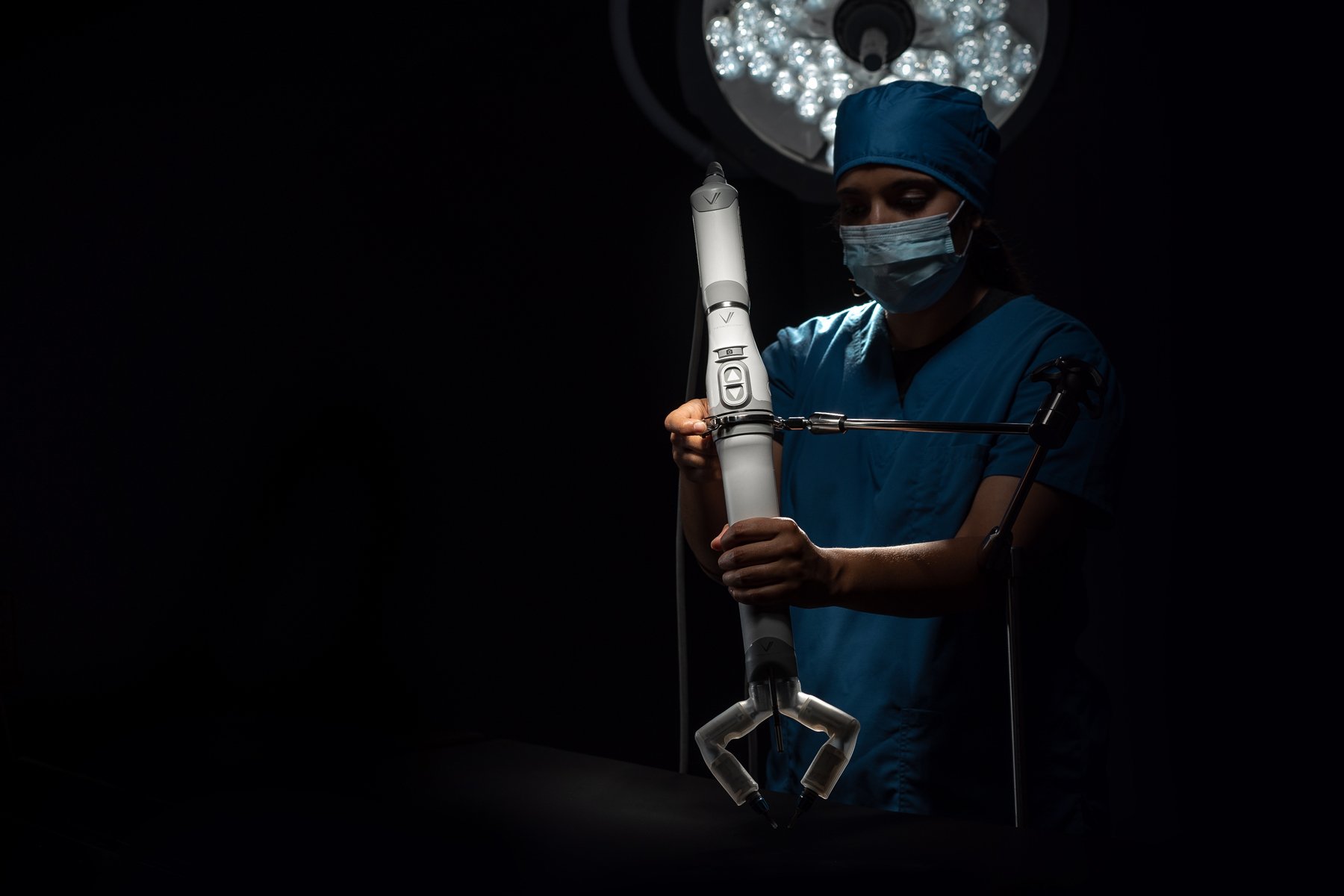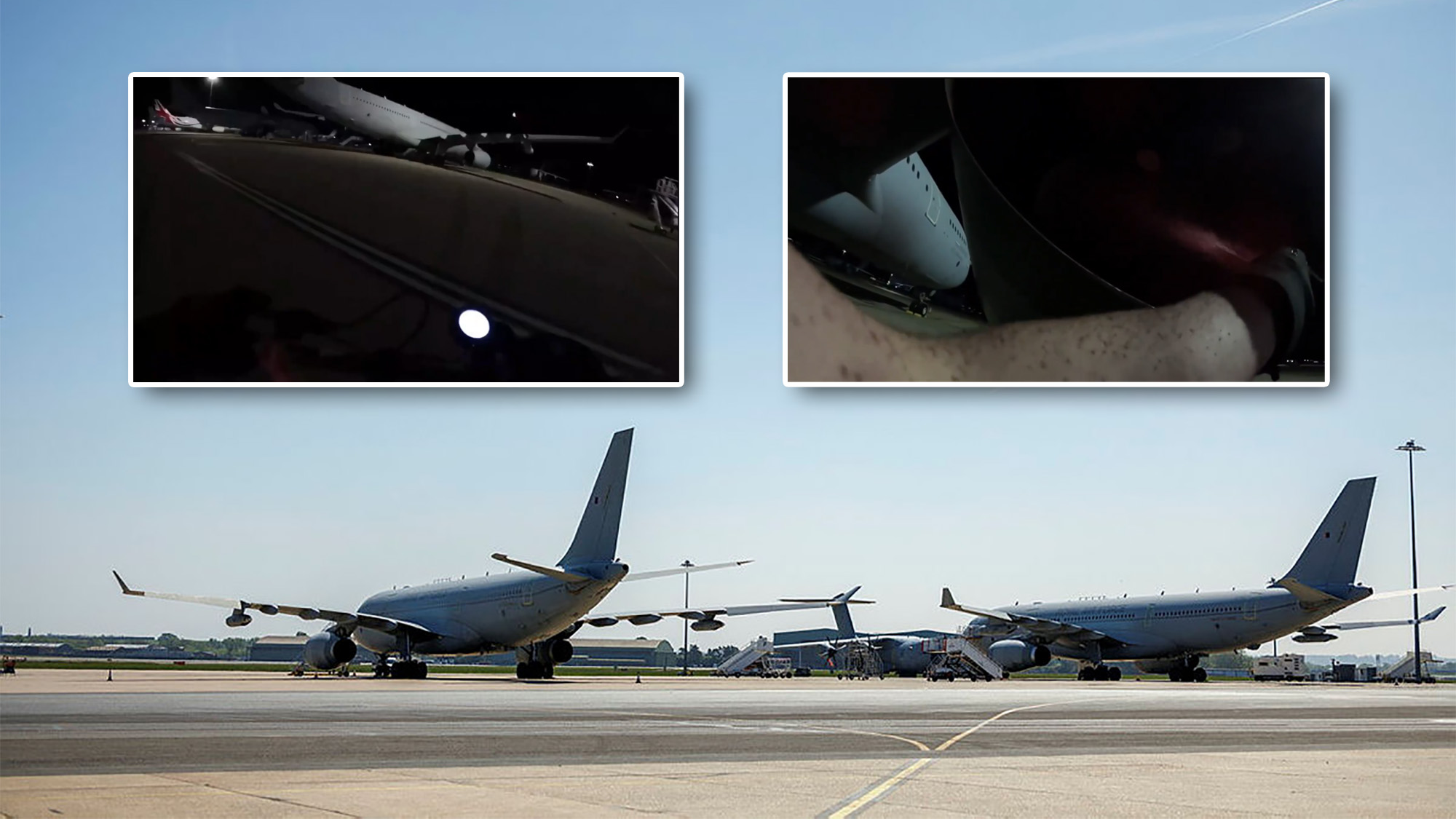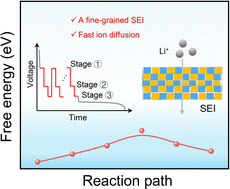Bioprinting of Adipose Tissue Graft with Enhanced Neo‐Vessel Formation in Vivo
Advanced Healthcare Materials, EarlyView.

A bioprinting method utilizing ADSC spheroids is developed to enhance vascularization and ensure the long-term stability of adipose tissue grafts. By optimizing spheroid size, quantity, spatial arrangement, the secretion of angiogenic factors is increased, facilitating blood vessel infiltration and preserving graft volume. This improved integration with host tissue presents a promising approach to advancing AT transplantation and regenerative medicine by addressing critical vascularization challenges.
Abstract
Adipose tissue (AT) grafts are widely used in clinical procedures including soft-tissue augmentation and post-trauma reconstruction. However, the slow vascularization of conventional AT grafts poses a challenge to their in vivo preservation. To address this challenge, an innovative AT graft is engineered using adipose-derived stem cell (ADSC) spheroids to enhance blood vessel infiltration. A polycaprolactone (PCL) framework containing precisely positioned ADSC spheroids is 3D bioprinted, and mechanically dissociated fat tissue is loaded into the framework to produce AT grafts. The spheroid diameter and pattern are optimized to significantly enhance the secretion of angiogenic factors from ADSCs in vivo. During an eight-week in vivo experiment, the bioprinted and transplanted AT grafts demonstrated an impressive 8 fold increase in neo-vessel formation compared to those in conventional grafts. This heightened neovascularization is directly correlated with a substantial improvement in transplanted AT survival and a 70% reduction in fibrous tissue formation. These findings underscore the pivotal role of ADSC spheroid-mediated paracrine signaling in facilitating robust integration with the host vascular system. The novel approach significantly enhanced the long-term viability and preservation of AT grafts by promoting blood vessel infiltration, paving the way for the development of highly vascularized AT grafts for clinical applications.













































































































































